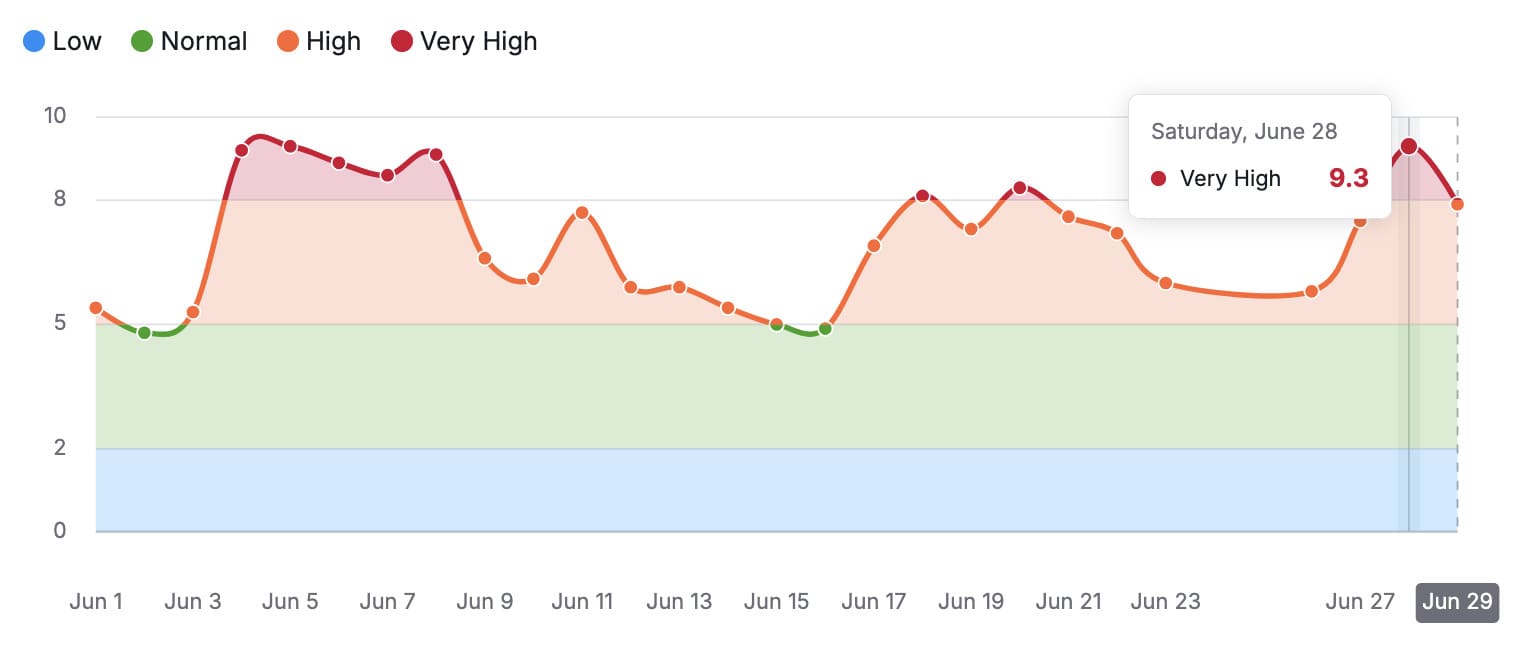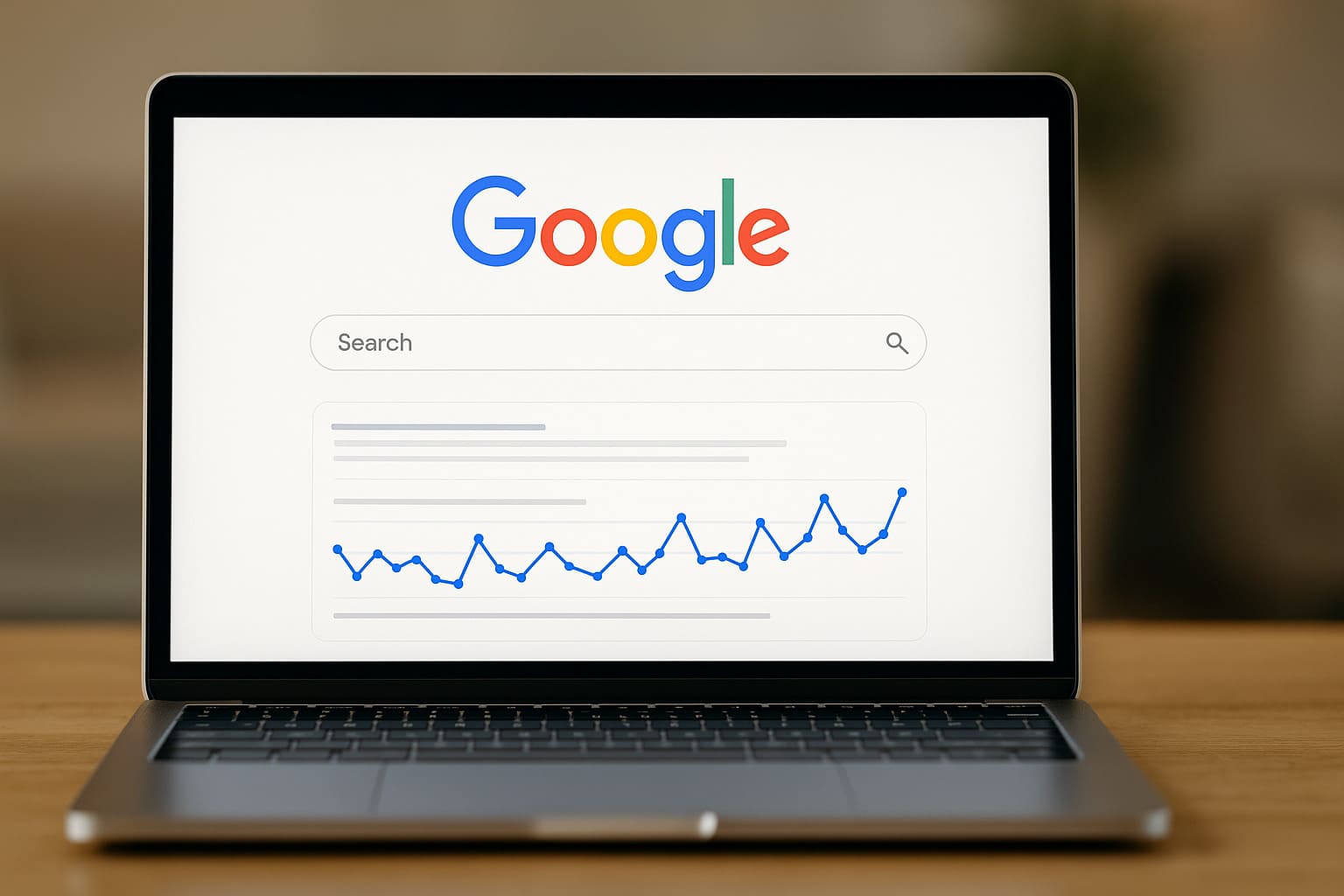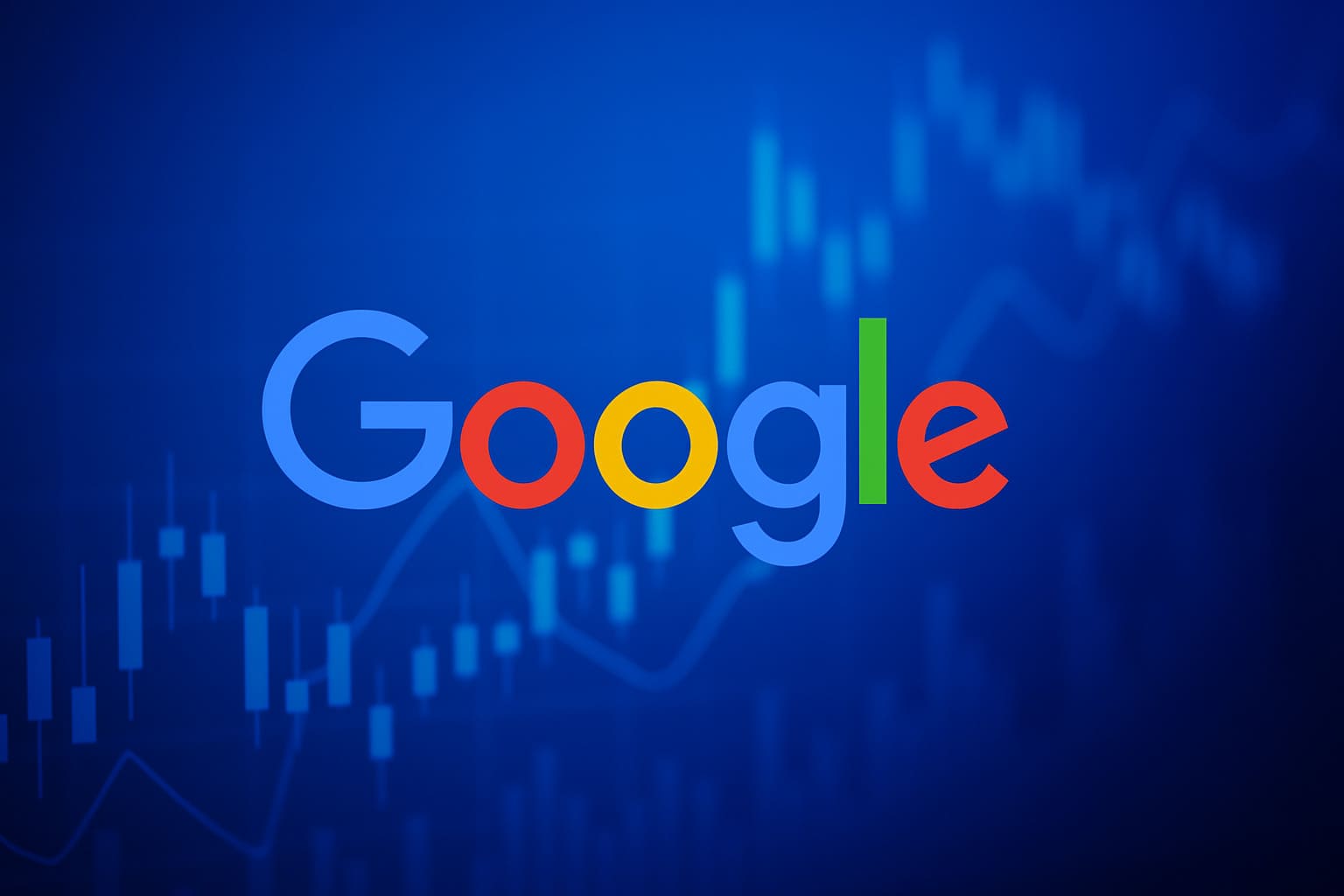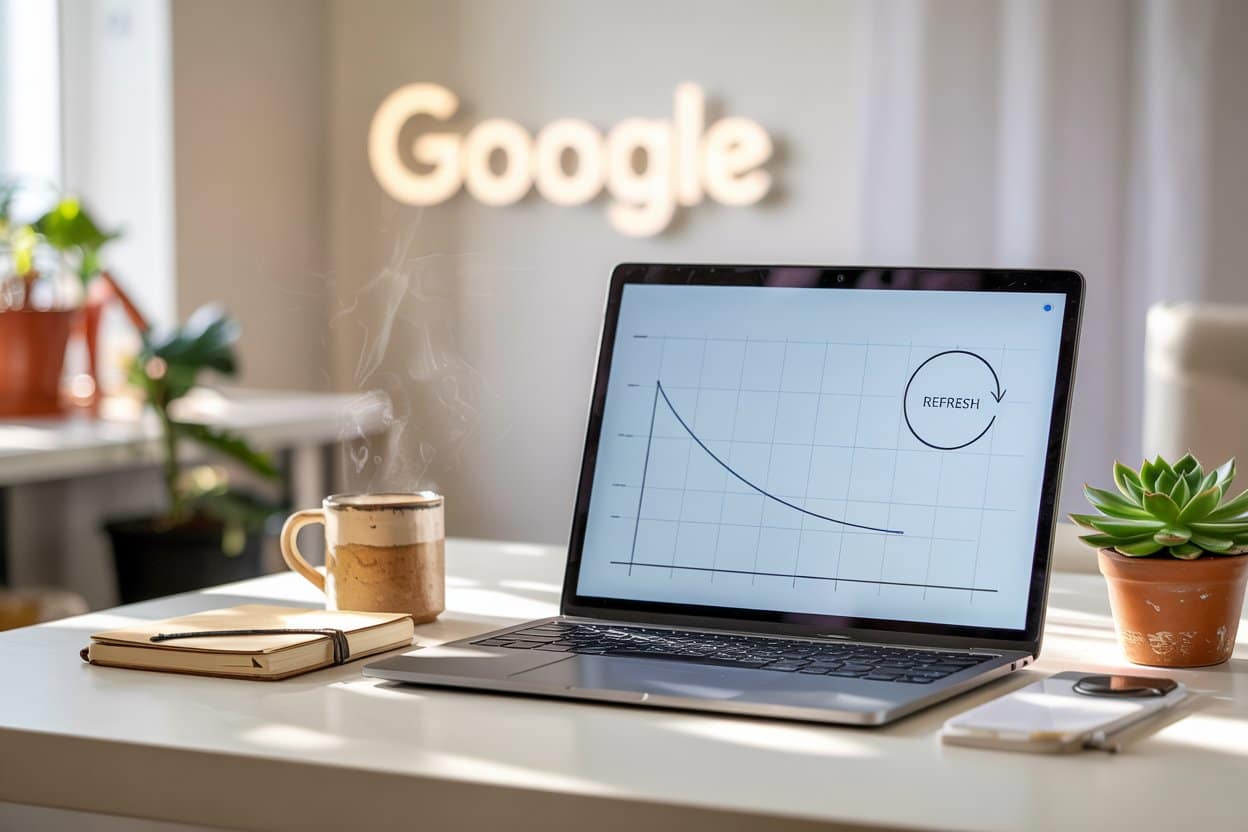Google released the June 2025 Core Update on June 30. This is the second broad core update of the year. According to the Search Status Dashboard, the rollout may take up to 3 weeks. Google also wrote:
Today we released the June 2025 core update. We’ll update our ranking release history page when the rollout is complete.
This June Google Update is a site-wide shift across many topics. It improves how Google’s ranking systems understand helpful content, real trust signals, and content quality. This is not a penalty. But if Google finds more useful results than your page, it can cause a search ranking drop.
Any website may see changes. This update affects all industries. Sites with poor experience or weak authority may notice SEO traffic loss. The algorithm rollout is part of Google’s bigger move to surface content that puts people first.
What the June 2025 Google Core Update Is?
The June 2025 Google algorithm update is a broad core update that rolled out across all topics. It adjusts how Google’s search ranking systems decide which pages show first. This update is not focused on spam or reviews. It is site-wide and based on helpful content, relevance, and trust.
Google announced the rollout through its Search Status Dashboard and said changes may take up to three weeks. The update was added to Google’s ranking release history page as part of its ongoing quality improvements.
These search system changes can affect any website. If a page shows low site quality signals or lacks depth, it may drop. Google uses core updates like this to refresh ranking signal weights and surface better results across industries.
Early Signs Your Site Was Affected by the June Google Update
On June 28, 2025, before Google confirmed any algorithm rollout, SEO tools showed a sharp spike in ranking volatility. Semrush Sensor and other trackers marked that day as “Very High” for turbulence across search results.

Barry Schwartz reported “significant search ranking volatility” on June 28, as SEO chatter spiked across forums and tool dashboards.
By then, site owners were already seeing problems. Some reported their top-ranking pages had dropped to page 2 without making changes. One SEO said, “USA traffic to my global site is down 33%.” Another called the situation “impossible to keep track.”
Forums were full of stories from news publishers, e-commerce stores, and affiliate websites all noticing sudden traffic loss.
This wasn’t a small test. It was a system-wide shift happening before the official Google Core Update June announcement.
That early wave of SEO ranking drops, seen clearly on June 28, was the first sign that Google’s search systems had started adjusting quality and relevance signals.
How the June Google Update Different from March?
The March core update hit full domains. Google looked at overall trust, spam risk, and outdated structures. Even good pages dropped if the site felt weak as a whole.
June was sharper. It judged each page on its own. If a post had low value, it dropped. If the content was copied or written by AI with no edits, it dropped. If the page had nothing helpful or showed no expertise, it dropped.
Google did not care how big the site was. Even strong domains lost rankings if individual pages failed to deliver clarity or depth.
In March, the impact was wide. In June, it was precise. Google linked the helpful content system directly into the core. It scored experience, trust, and usefulness by page not by brand.
Most SEO tricks stopped working in June. Google moved toward real answers, real people, and real structure. That is what separated June from March.
What Changed in the June 2025 Google Update About Content Quality
The June 2025 Google Core Update made sharp changes to how content is ranked. Google did not target one type of site. It changed how its ranking systems understand trust, originality, and value on every page. Low-effort content dropped. Real experience and user-first writing moved up.
This update adjusted how Google scores helpful content. Sites with thin pages or over-optimized tricks lost visibility. Strong E-E-A-T signals and natural structure helped pages stay up. Google now checks if a page feels useful to people, not just if it fits keywords.
Thin Content and AI Text Lost Rankings Fast
Pages with thin content dropped sharply in the June 2025 Google Core Update. Many sites lost between 20 to 50% of their organic traffic. Most affected pages were short, lacked depth, or repeated information from other websites.
AI-generated content without human review was hit hard. Pages created only to fill space, without unique value, saw visibility loss.
Google also targeted parasite SEO, low-quality pages hosted on high-authority domains. These were common on aggregator sites, affiliate blogs, and news networks publishing non-expert content for traffic gain.
This update filtered weak value signals across entire domains. Visibility dropped even on well-ranked sites if the content failed to meet user needs or showed no real editing.
Pages With Real Experience and Trust Got Boosted
In the June 2025 Google Core Update, sites with strong E-E-A-T signals moved up. These were pages written or reviewed by real experts, especially in health, finance, or legal topics. Google’s ranking systems gave more weight to content that showed real experience and clear trust signals.
Authoritative sites with verified names, source links, and helpful answers gained visibility. Pages in YMYL categories did better when the content was fact-checked, well-structured, and backed by credentials.
This update also improved how Google reads experience. First-hand insights and practical detail helped many pages rank better than generic summaries.
Lily Ray said it clearly: if your site lacks authority, you are falling behind. This update pushed that point harder. Google now checks for both knowledge and real-world proof before lifting a page.
Helpful Content System Now Tied to Core Ranking
Google’s Helpful Content System is now directly part of its core ranking logic. Pages are judged at the individual level. If a page looks like it was made to rank instead of help, it may drop.
Google said clearly: “Write helpful content for people and not to rank in search engines.” This update reads user satisfaction more closely. If people bounce back or leave fast, that counts.
Pages with real answers and clean structure ranked higher. SEO-style filler, even on large sites, lost visibility. The update rewarded pages that solve the search intent, not those that repeat keywords.
SEO Tricks Like Keyword Stuffing Got Ignored or Penalized
Pages built only to chase rankings started losing ground fast. Keyword stuffing, forced footer links, and repeated anchor phrases lost impact. Pages with sidebars full of keywords or titles written only for bots dropped in visibility.
Google’s ranking systems focused more on what helps people read, not what helps pages climb. Sites that pushed every internal page through sidebars or forced the same keywords over and over saw a quiet downgrade.
The pages that stayed on top were the ones that felt useful. Ranking signals now favor clean structure, helpful layout, and content that answers the actual search need without trying too hard.
How to Check If Your Site Was Affected?
Start with your own data. Check GA4 and filter only Google traffic. If you see a sudden drop after June 30 and other channels stay the same, that is your first red flag.
Quick steps to confirm core update impact:
- Check GA4 for traffic dip around July 1
- Inspect GSC impressions drop after June 30
- Track keyword ranks in incognito
- Compare traffic drops with similar niches
Now open the Google Search Console. Go to Web Search and look at impressions, clicks, and average position. Focus on the last few days of June and early July. If your top pages moved down or clicks dropped fast, that is a ranking loss.
Next, search your main keywords in incognito. If a page that used to be on page one is now lower, the update shifted it.
Compare with your competitors. If they went up and your site dropped, this was not random. Google just changed how it scores content.
For news or local sites, check Discover traffic and Business Profile insights. If views or clicks fell, even slightly, that is another sign.
If you did not change anything on your site and the timing matches, then yes, this is very likely the update at work.
What Google Officially Said About This June Update
Google confirmed the June 2025 core update started on June 30. The rollout was shared on the Search Status Dashboard and is expected to take about three weeks.
The announcement was also posted by Google Search Central on X:
Today we released the June 2025 core update. We’ll update our ranking release history page when the rollout is complete: https://t.co/bOclYyVtYH
— Google Search Central (@googlesearchc) June 30, 2025
Google did not call this a penalty. It said the update adjusts how its core ranking systems identify helpful content and relevance signals across all websites.
As reported by Search Engine Journal:
There is nothing new or special that creators need to do for this update if they have been making satisfying content meant for people.
No technical fix was offered. Google advised creators to keep publishing useful, trustworthy, people-first content that aligns with search intent.






